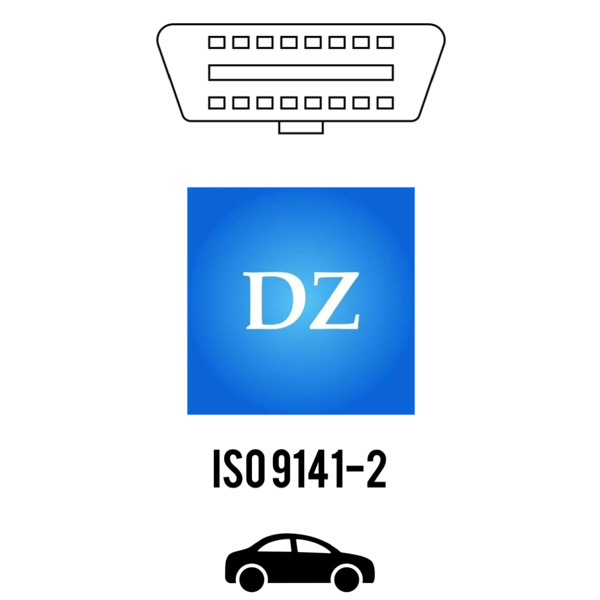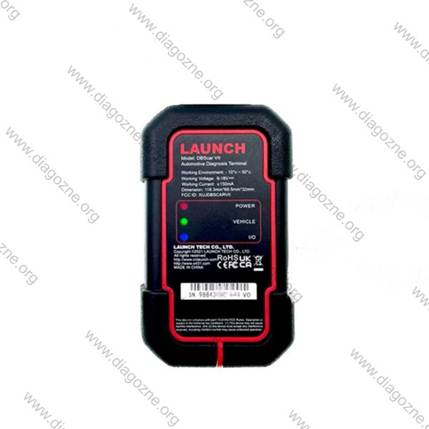ISO 9141-2: Standard for Automotive Communication Protocols

ISO 9141-2 is one of the basic OBD-II communication protocols, developed for connecting electronic control units (ECUs) in vehicles, particularly in European and Asian cars. This standard is especially important for diagnosing older models, as it enables reliable data exchange between the vehicle and a diagnostic tool.
How Does ISO 9141-2 Work?
ISO 9141-2 uses asynchronous serial communication over one or two wires (K and L lines) to transmit data. The transmission speed is 10.4 kb/s, which is sufficient for basic diagnostics, sensor readings, and DTC code retrieval. The protocol also includes handshake procedures, ensuring stable data transmission and reducing the likelihood of errors.
Launch OBD-II adapters that support the protocol:
DBScar I, DBScar II, DBScar III, DBScar IV, DBScar V, DBScar VII
ThinkDiag devices that support the protocol:
ThinkDiag, ThinkDiag 2
Ediag devices that support the protocol:
Ediag YA-101, Ediag YA-201, Ediag Plus, Ediag Elite

Vehicle types and brands supported by the protocol:
Passenger vehicles from European and Asian manufacturers, primarily Volkswagen, BMW, Mercedes-Benz, Audi, Honda, Toyota, Nissan, Mazda; models from 1996–2005.
Advantages of ISO 9141-2
- Reliable communication in older generation vehicles
- Simple implementation, especially for serial diagnostic devices
- Standardized within the OBD-II system, facilitating basic diagnostics
- Resistant to electromagnetic interference, particularly in short wiring installations
Disadvantages and Limitations
- Low transmission speed, limiting real-time monitoring and advanced functions
- Obsolete compared to modern CAN or UDS protocols
- Limited application in newer vehicles and electrical systems
- Less flexible for multi-module communication
Applications of ISO 9141-2
ISO 9141-2 is used for reading and clearing DTC codes, reviewing sensor data, and performing basic ECU diagnostics in older vehicles. Although modern protocols gradually replace it, understanding this standard remains essential for diagnosticians and technicians working with a wide range of vehicles.
Conclusion
ISO 9141-2 forms the foundation for understanding serial OBD-II protocols. Its simplicity and reliability make it ideal for diagnosing older cars, even though modern systems are gradually replacing it with faster and more flexible protocols such as CAN.

